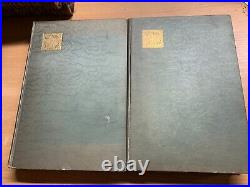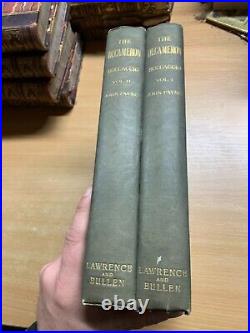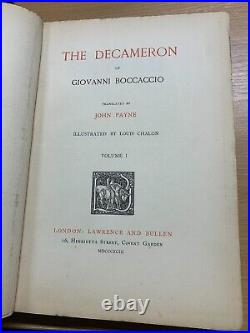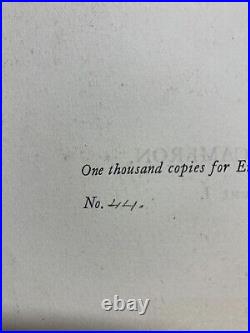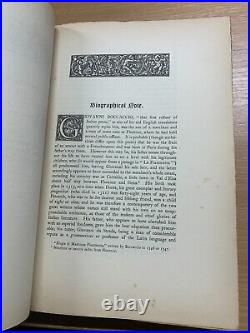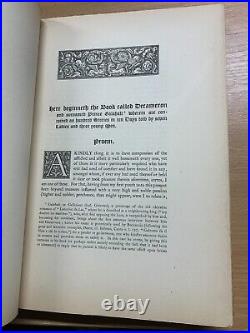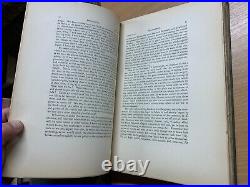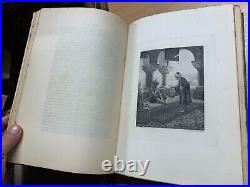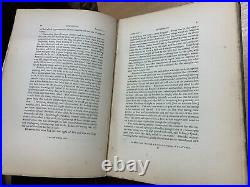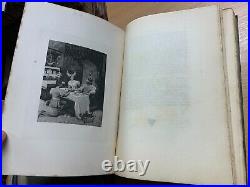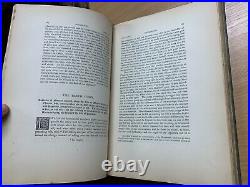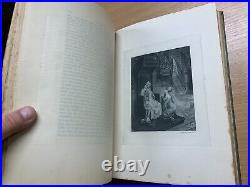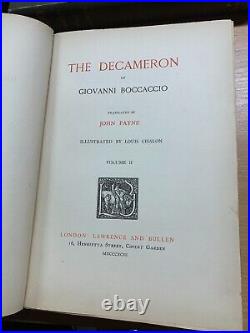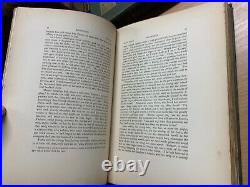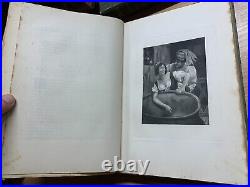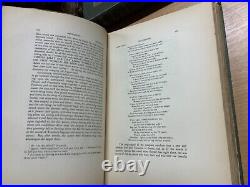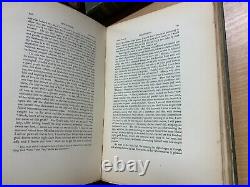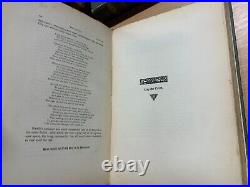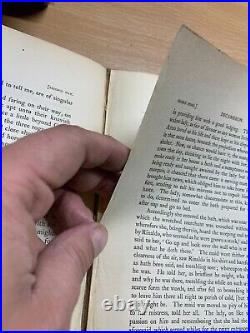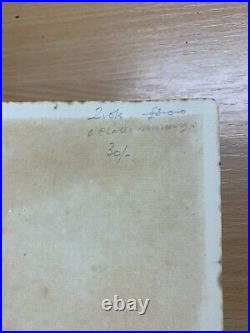
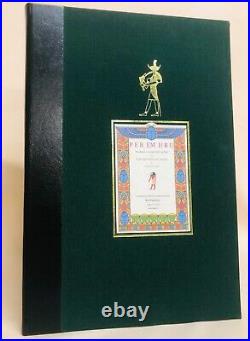
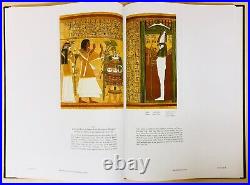
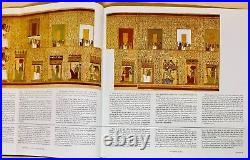
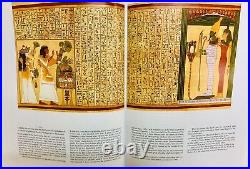
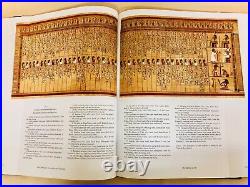

THE BOOK OF GOING FORTH BY DAY. The Egyptian Book of the Dead. THE EGYPTIAN BOOK OF THE DEAD: The Papyrus of Anhai in a full colour facsimile large format foloio (365mm x 250 mm) with fold out plates, translation of the text under each plate of the original papyrus. Goelet, hand bound in dark green quarter leather and dark green cloth to reflect the original British Museum edition of 1894. For the first time in 3,300 years. The Egyptian Book of the Dead: The Book of Going Forth by Day: The Papyrus of Ani. Is showcased in its entirety in seventy-four magnificent, large-format, color pages. Maybe the most stunning presentation of this book in 3300 years: Upon death, it was the practice for some Egyptians to produce a papyrus manuscript called the Book of Going Forth by Day or the Book of the Dead. A Book of the Dead included declarations and spells to help the deceased in the afterlife. The Papyrus of Ani is the manuscript compiled for Ani, the royal scribe of Thebes. Written and illustrated almost 3,300 years ago, The Papyrus of Ani is a papyrus manuscript with cursive hieroglyphs and color illustrations. It is the most beautiful, best-preserved, and complete example of ancient Egyptian philosophical and religious thought known to exist. Is an integral part of the world’s spiritual heritage. It is an artistic rendering of the mysteries of life and death. For the first time since its creation, this ancient papyrus is now available in full color with an integrated English translation directly below each image. Significant improvements to the display of the images of the Papyrus. A survey of the continuing importance of ancient Egypt in modern culture. A detailed history of Egyptian translation and philology since the discovery of the Rosetta Stone in 1799. And, a state-of-the-art Annotated Bibliography and Study Guide for Ancient Egyptian studies.


